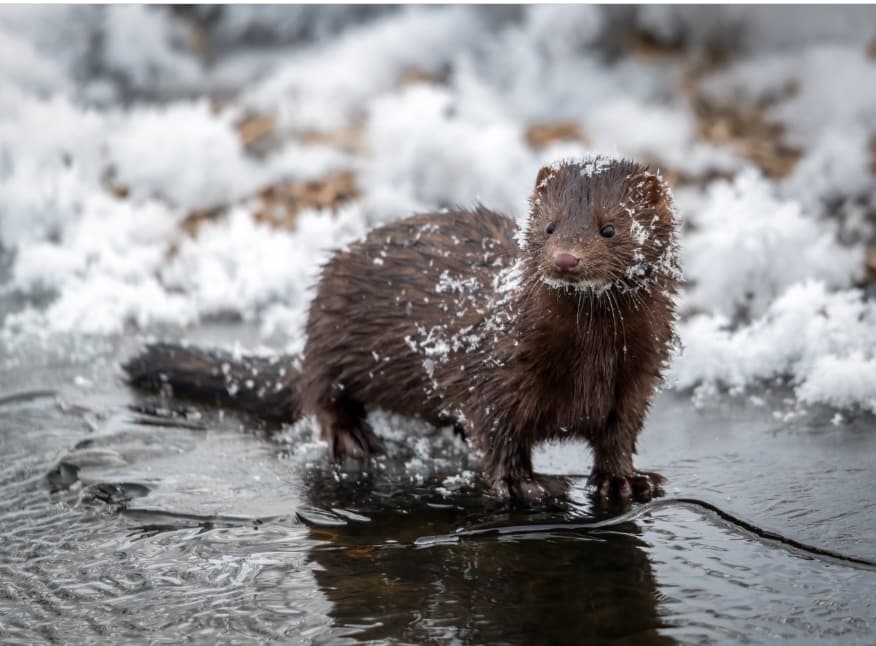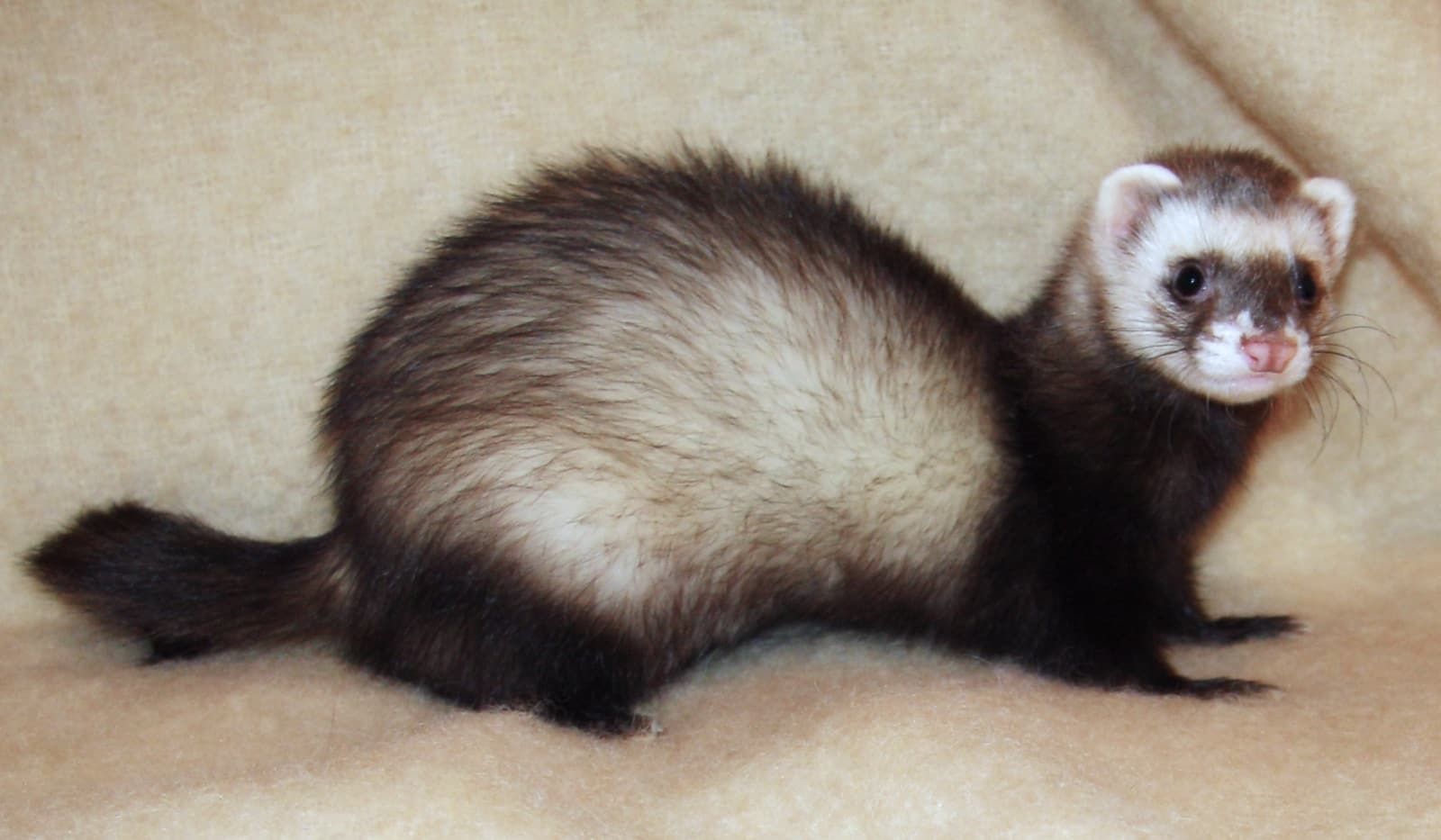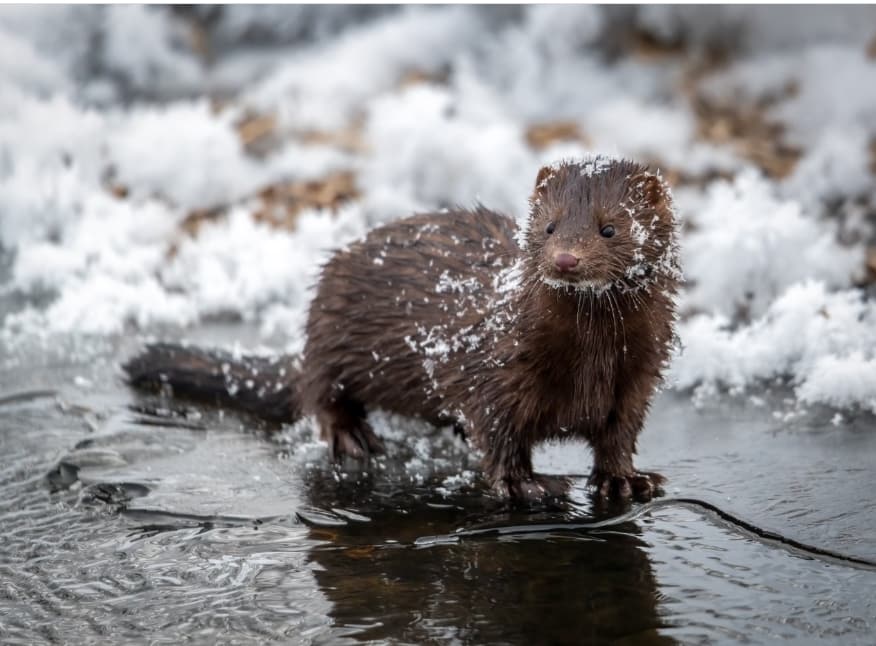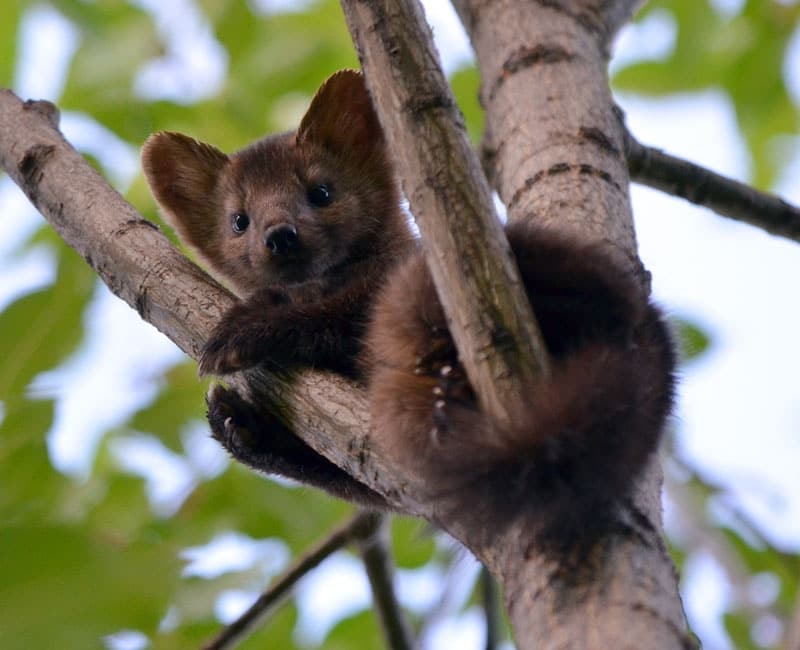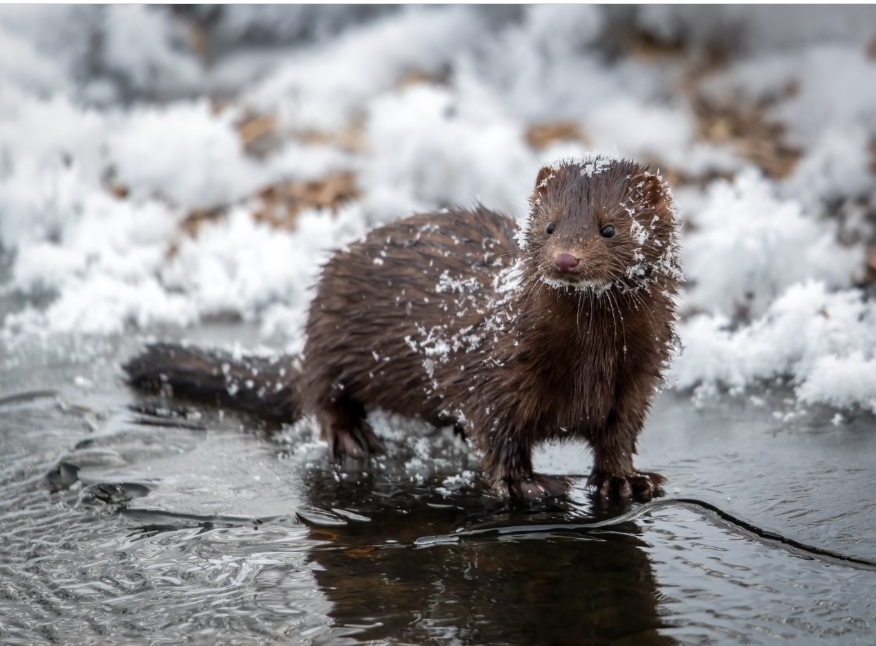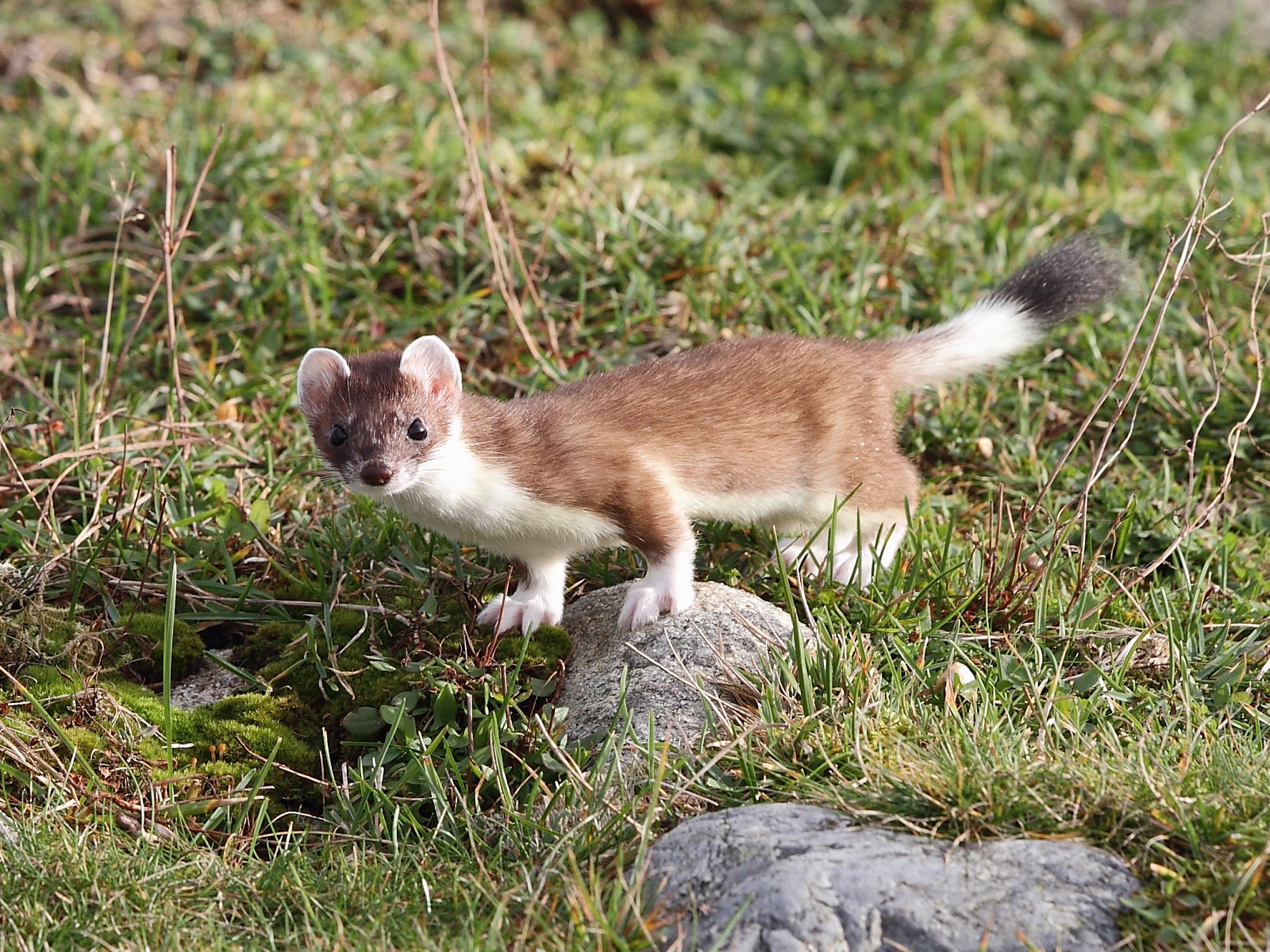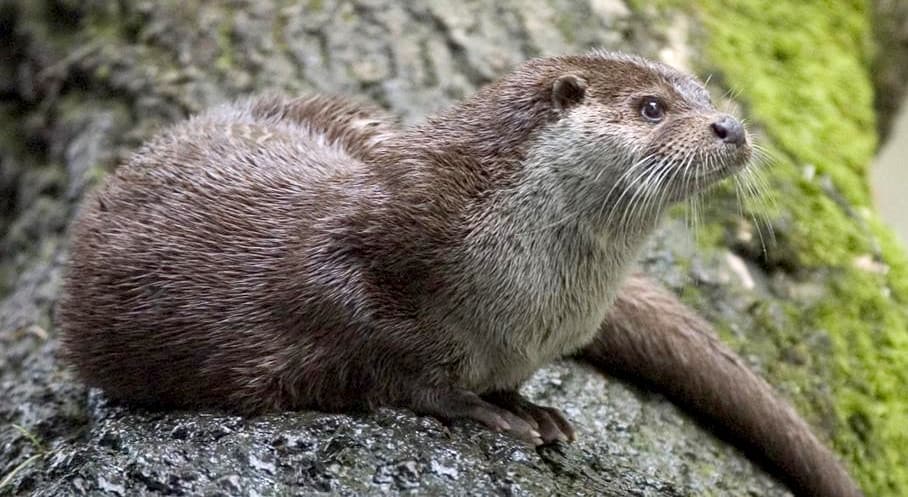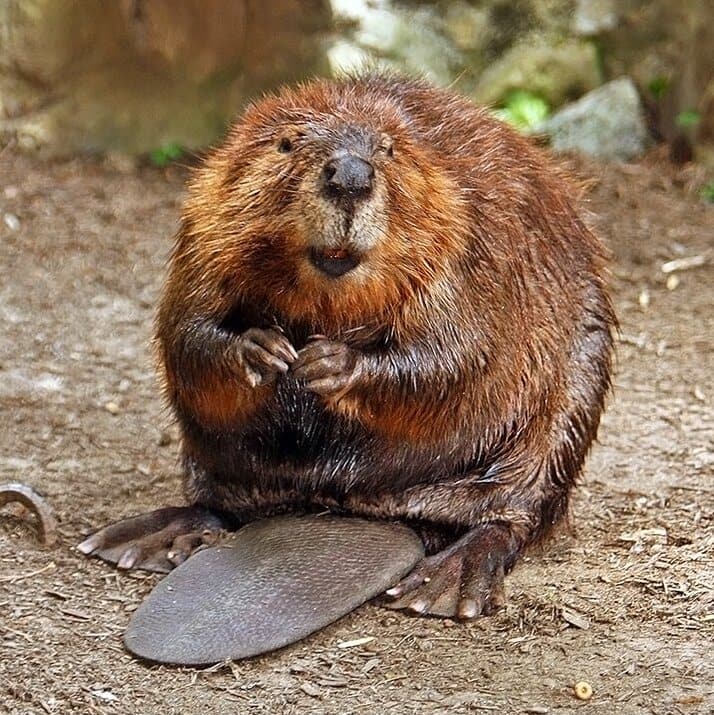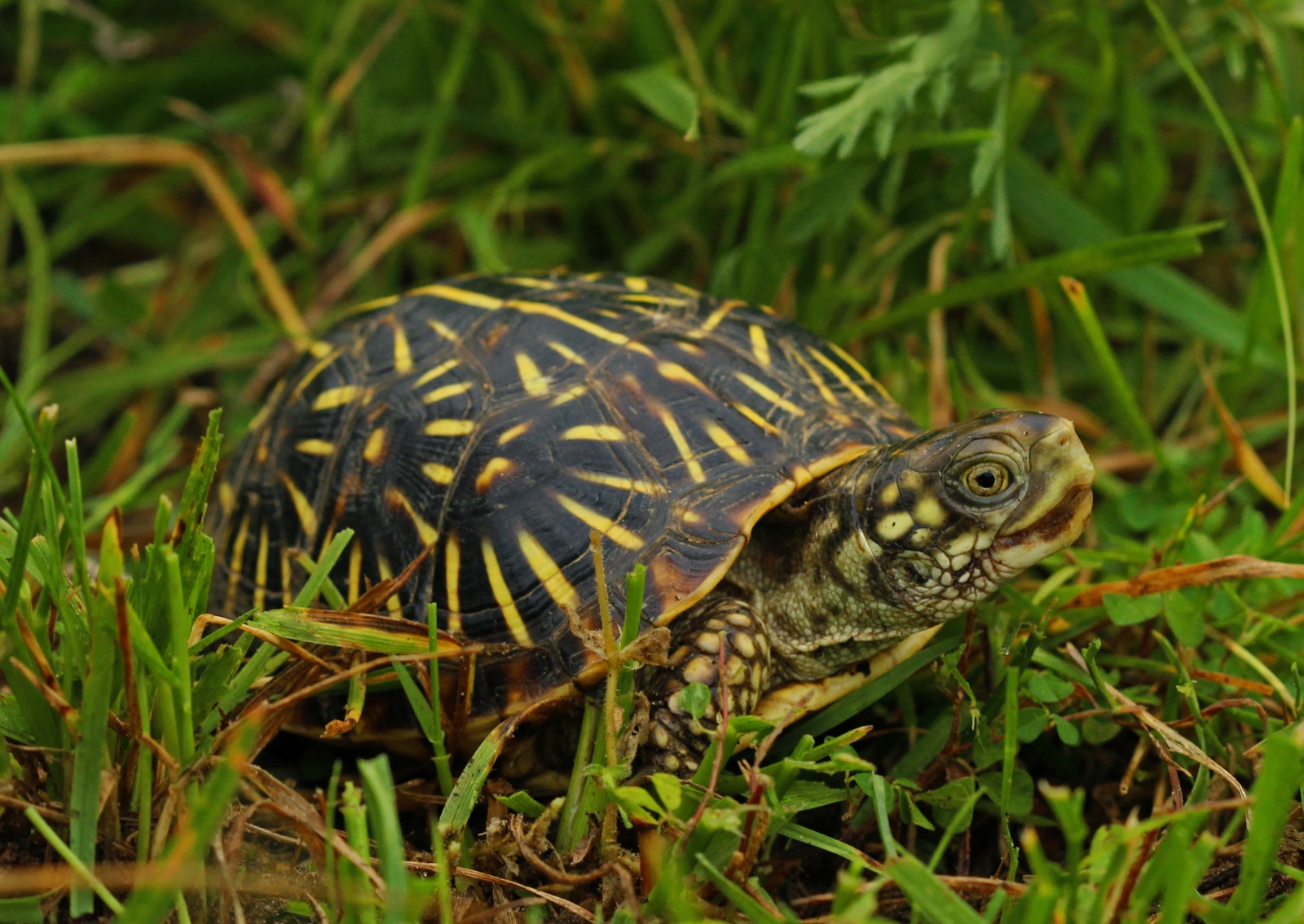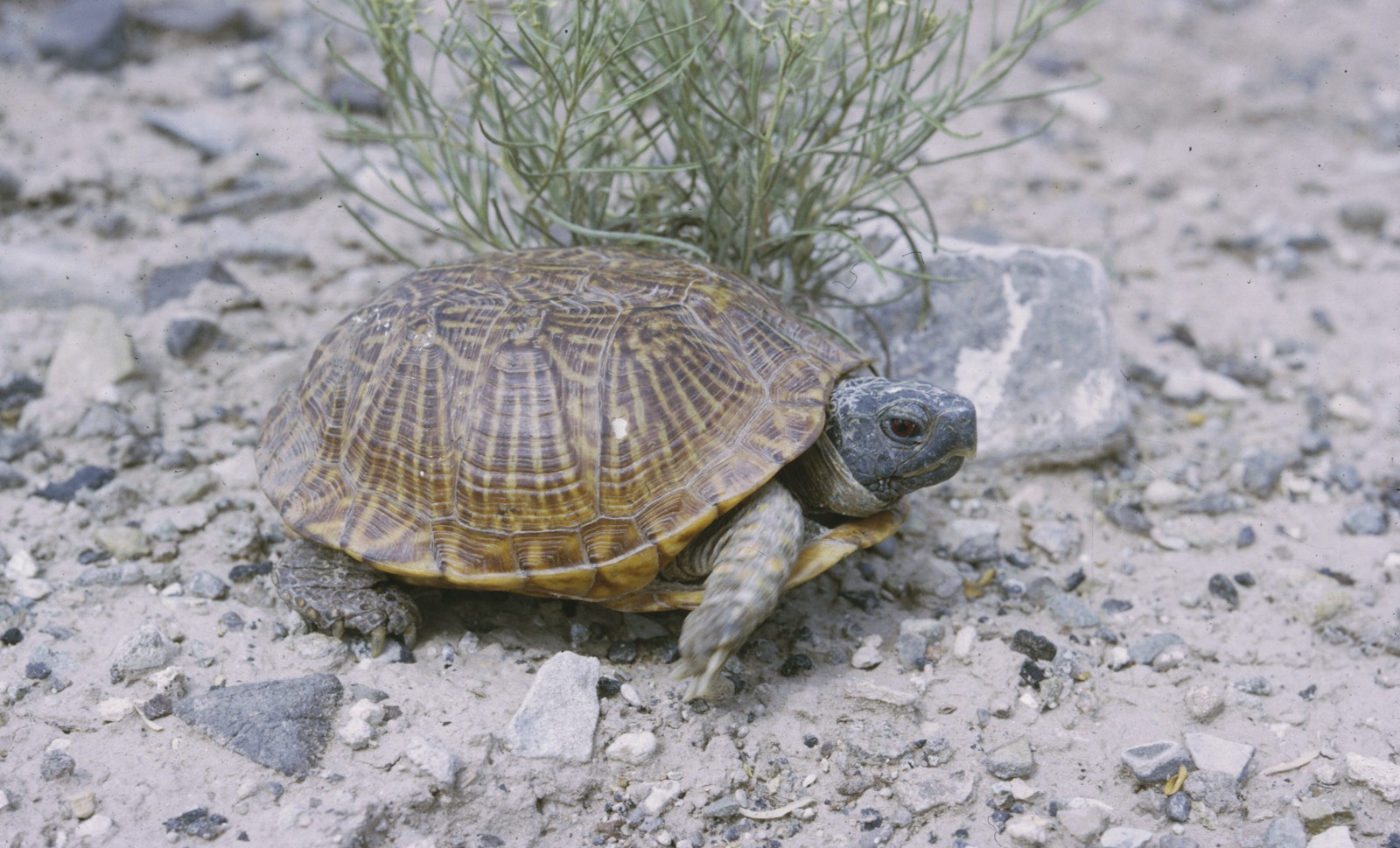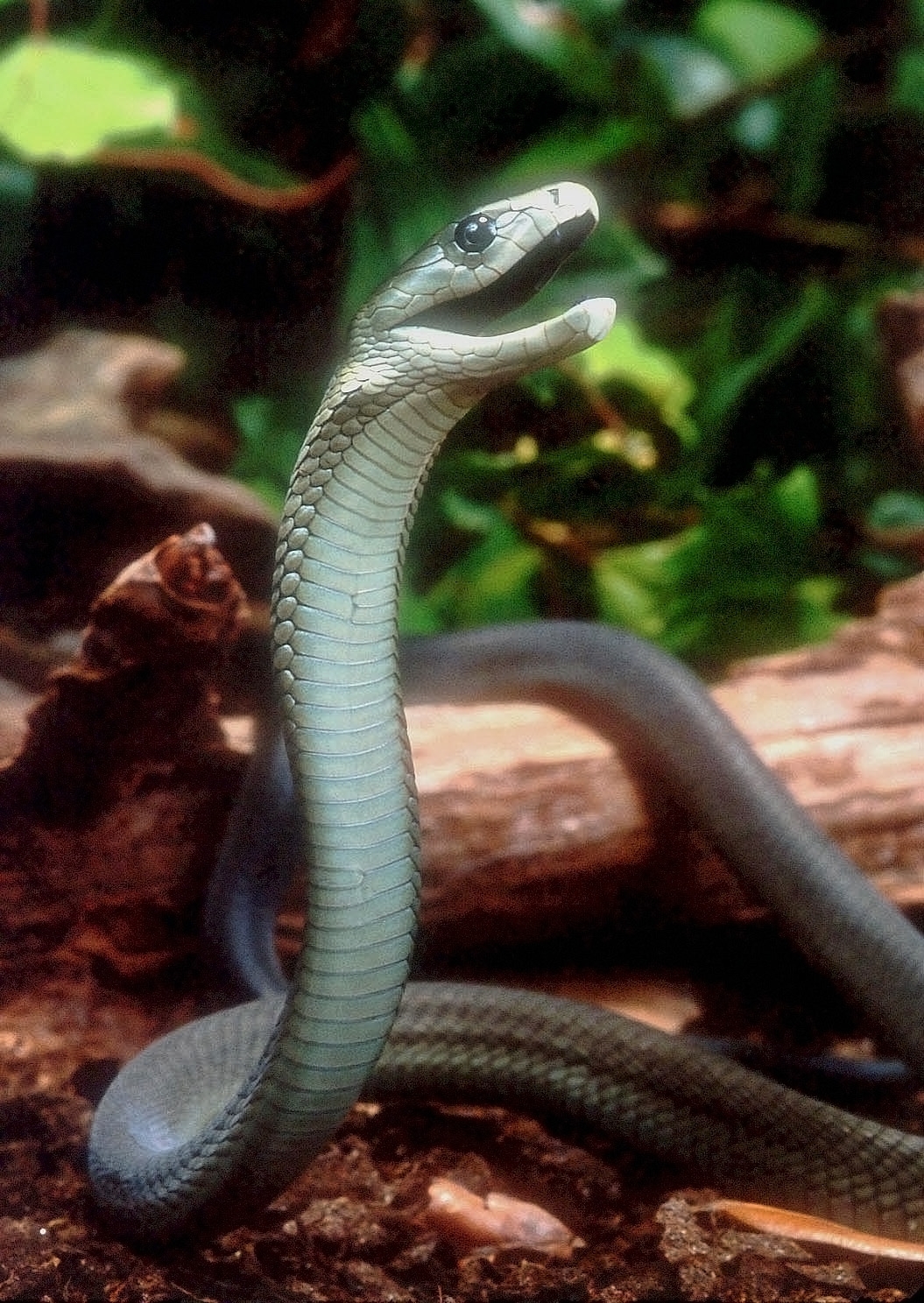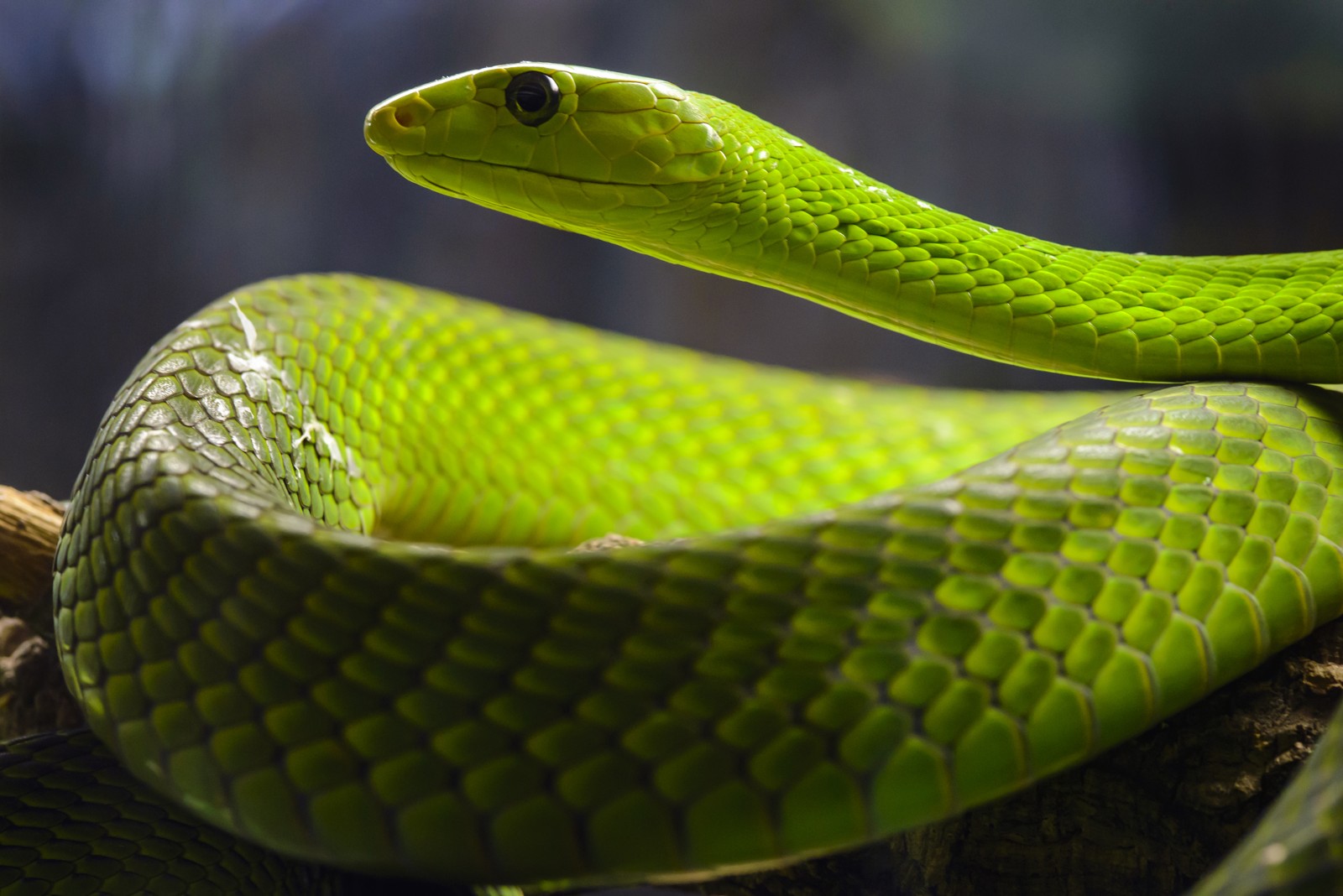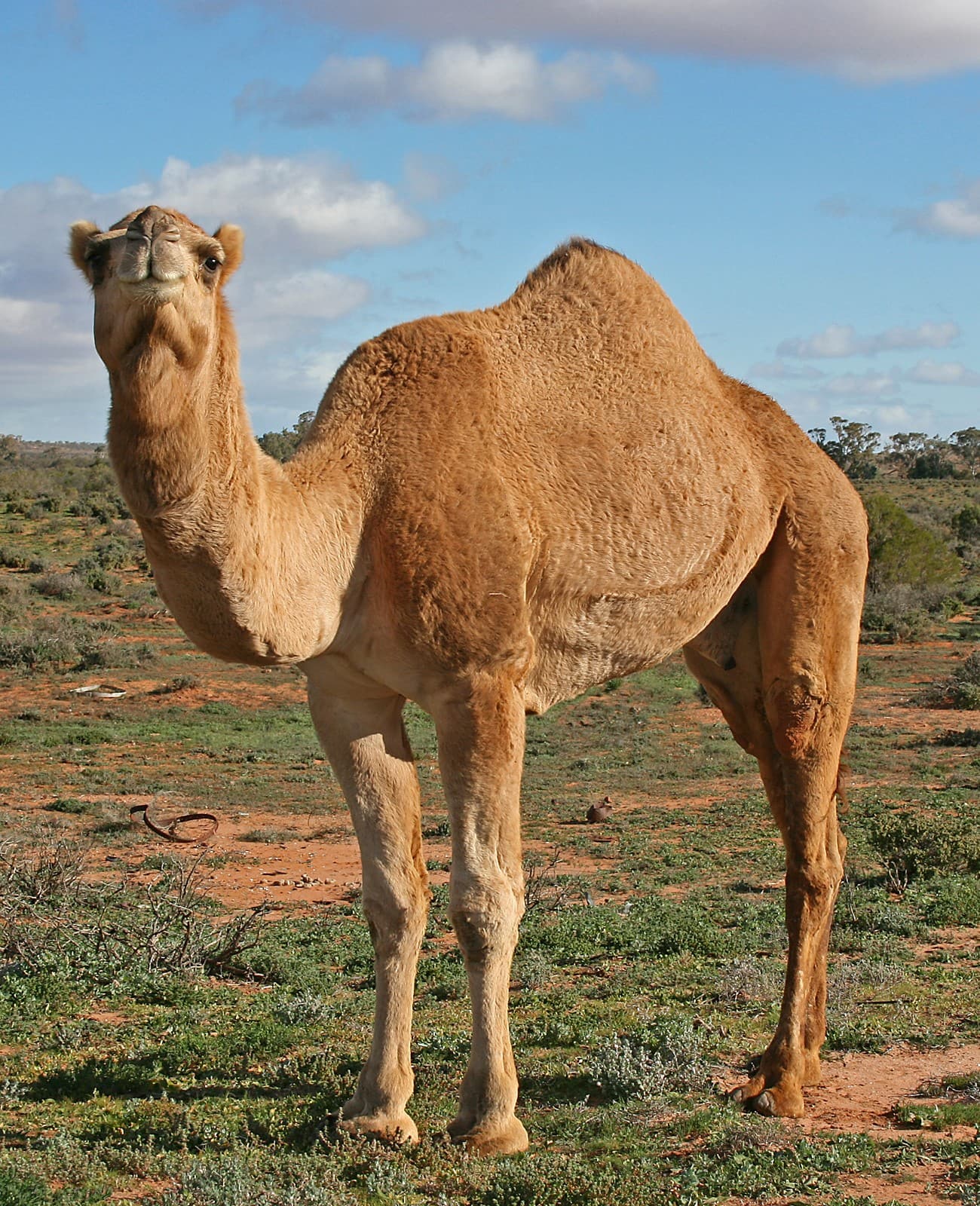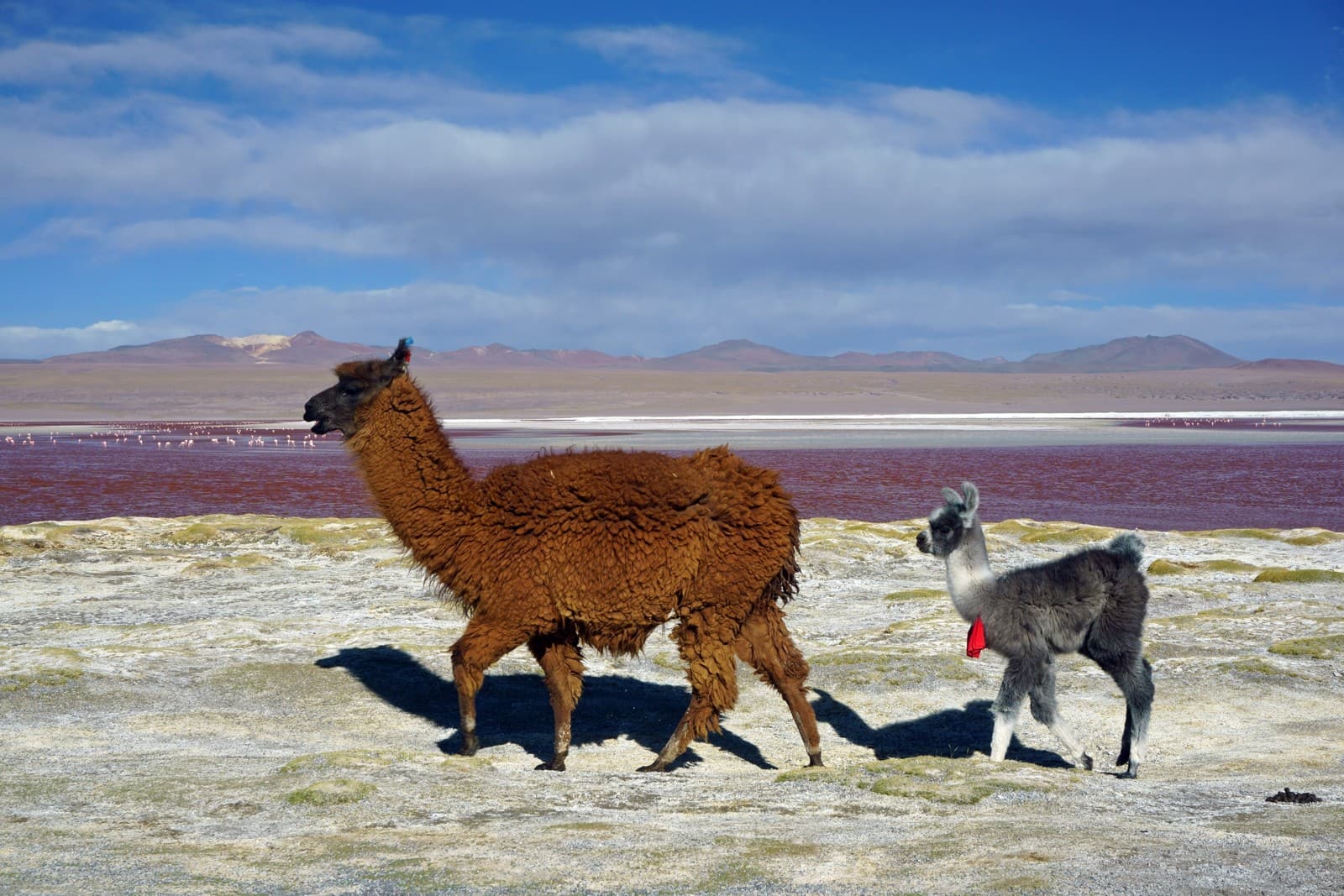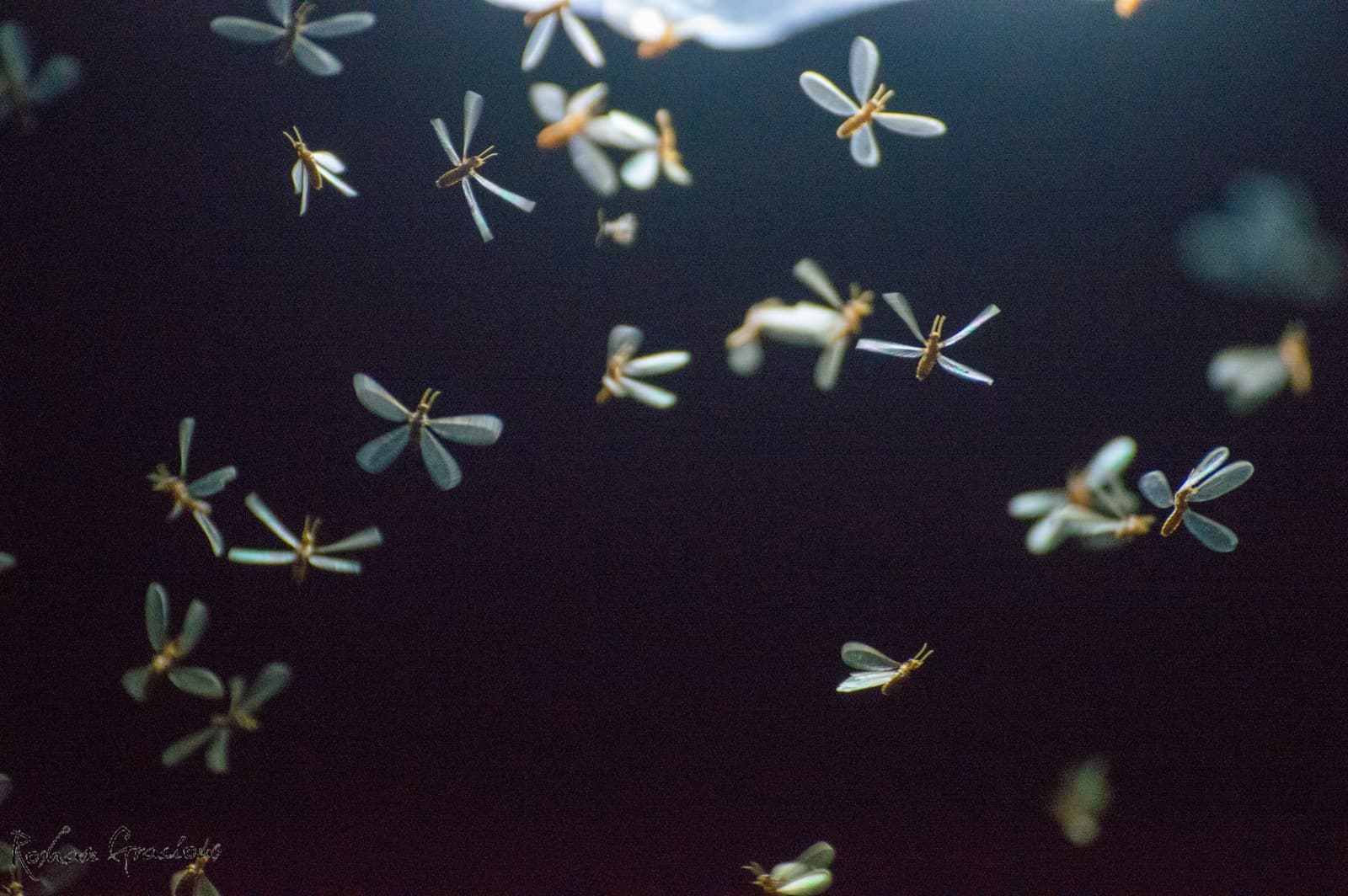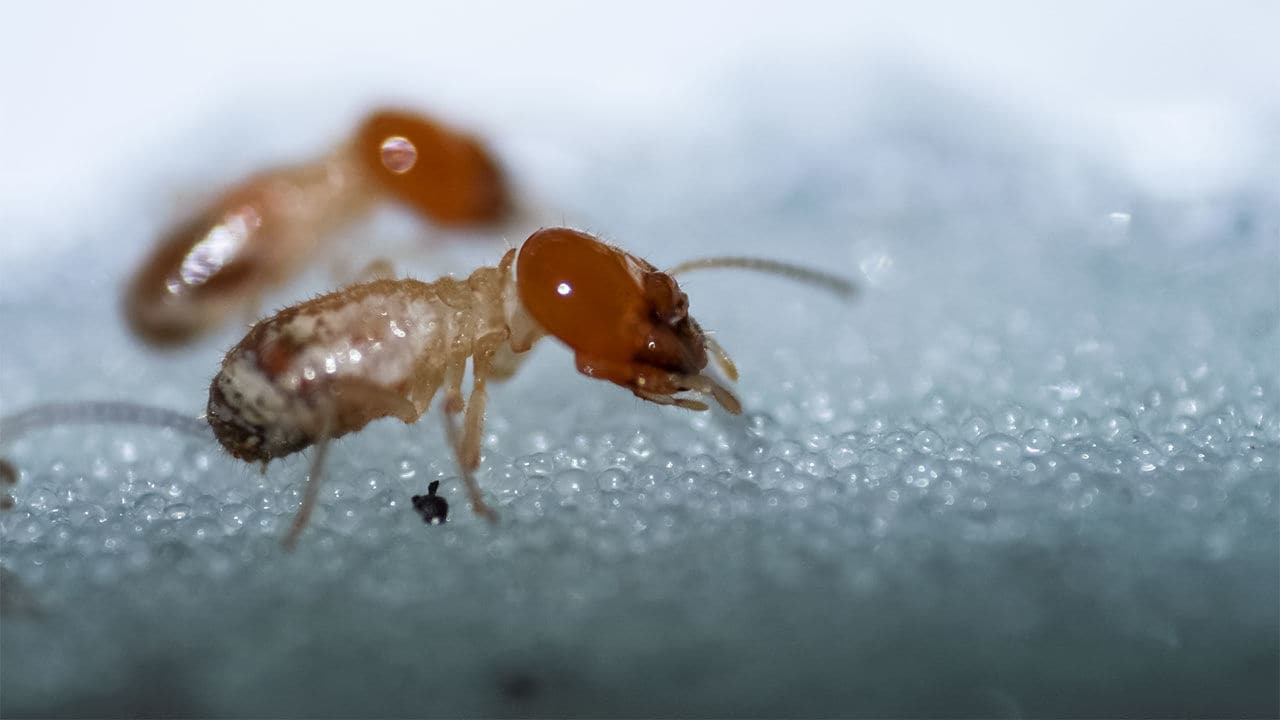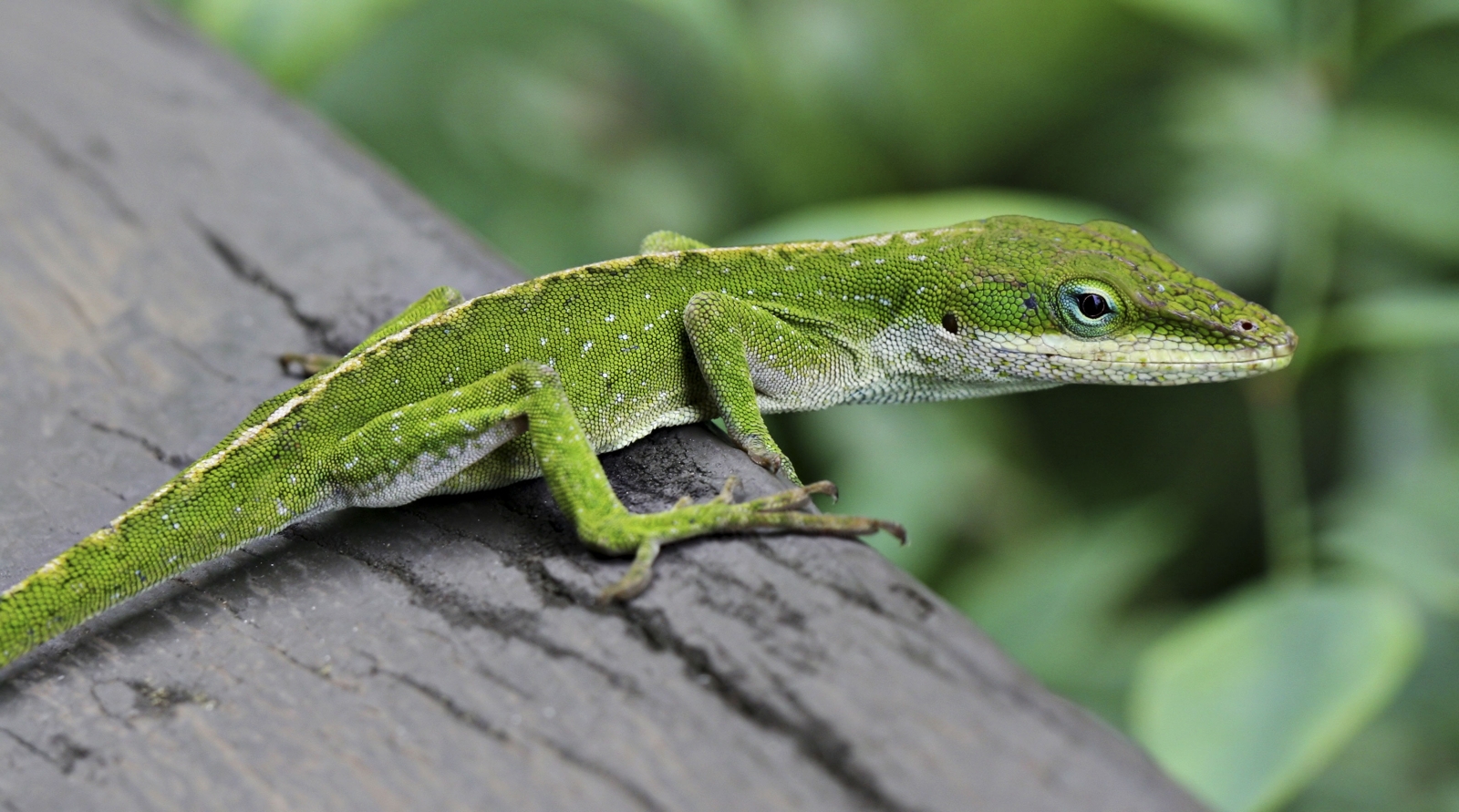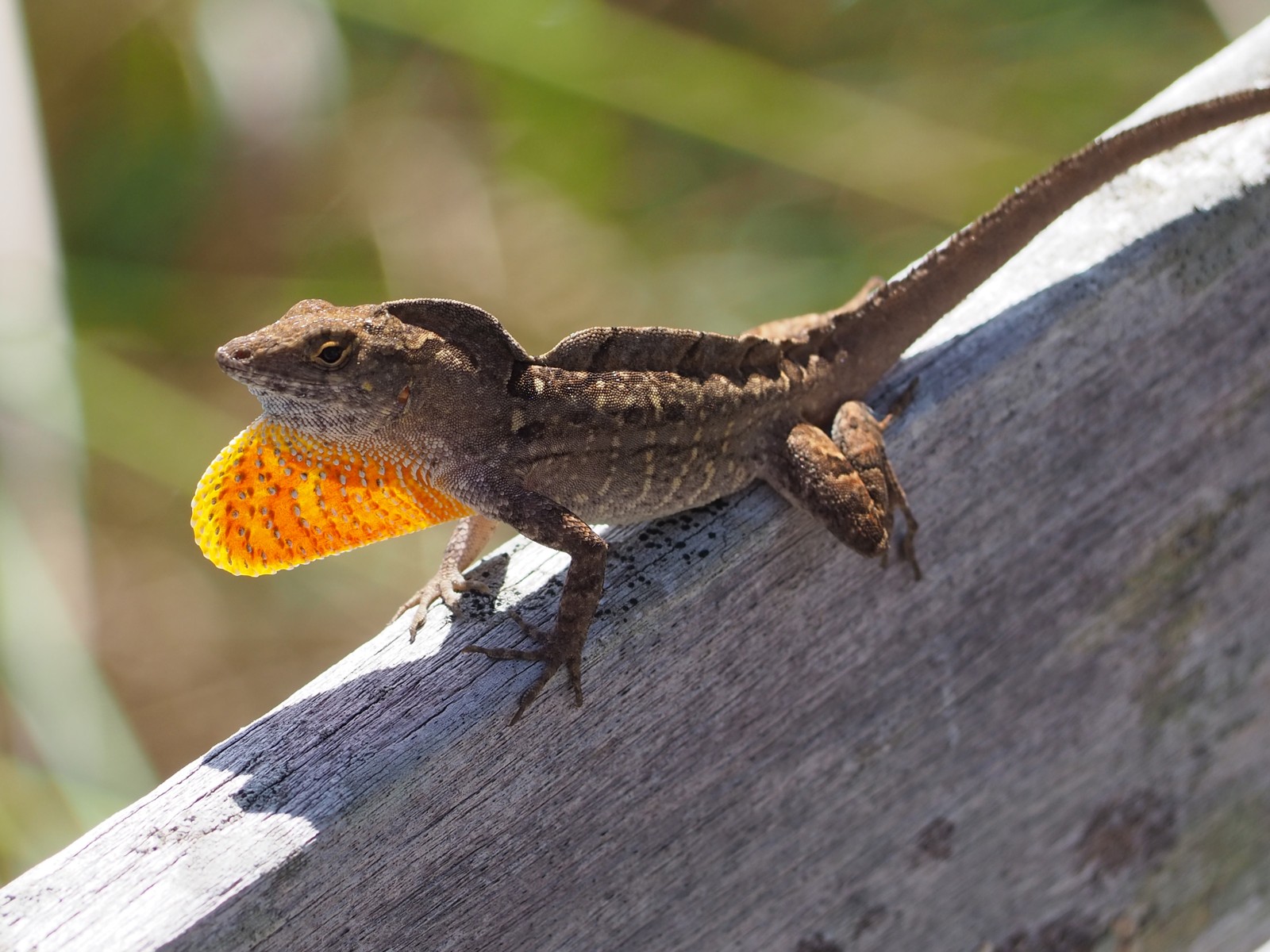Mink vs Otter: A Complete Comparison
While minks and otters may appear similar at first glance, these semi-aquatic mammals have distinct differences in size, behavior, and habitat preferences. Otters are significantly larger, with North American river otters reaching lengths of 42-60 inches (107-152 cm), while American minks typically measure just 18-28 inches (46-71 cm). Both are skilled swimmers, but otters spend considerably more time in water, with specialized adaptations for aquatic life that surpass those of their smaller mink cousins.
As a wildlife journalist who has tracked both species across multiple continents, I’ve observed that the confusion between minks and otters often stems from their shared sleek appearance and waterside habitats. However, their hunting strategies, social structures, and ecological roles reveal two very different animals that have evolved to occupy distinct niches in riparian ecosystems.
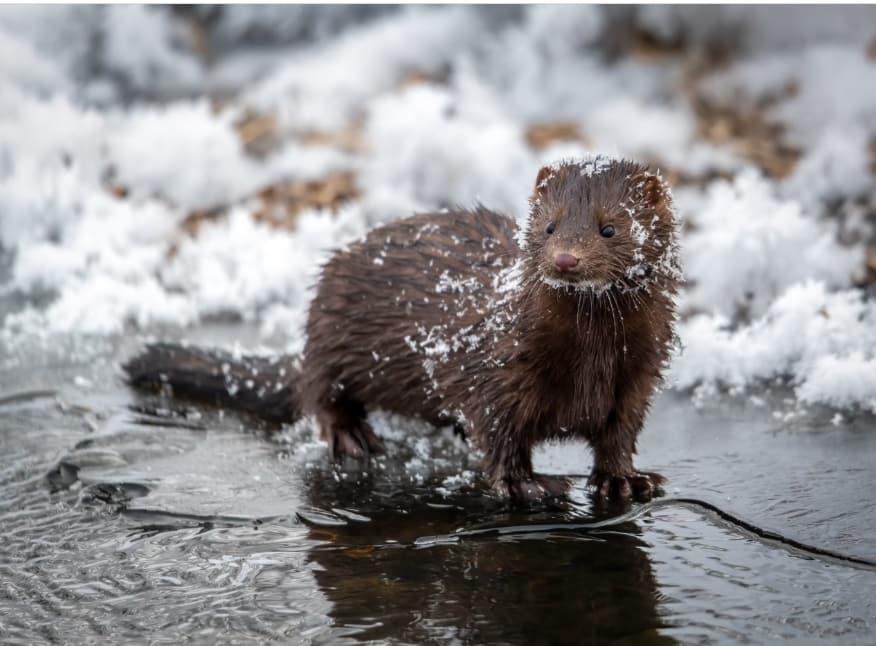
The American mink displays its characteristic solitary hunting behavior, showcasing the sleek build and dense fur that make it such an effective predator in both aquatic and terrestrial environments. Note the distinctive smaller size and elongated body shape compared to otters.
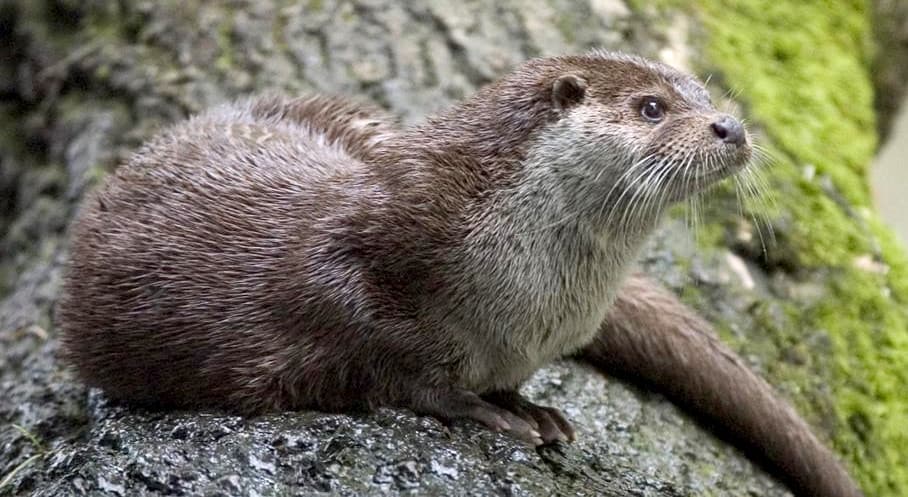
A European river otter demonstrates the species’ larger size and more robust build compared to minks. Notice the broader head, more prominent whiskers, and thicker tail - all adaptations that make otters superior swimmers.
Key Differences Between Minks and Otters
| Feature | Mink | Otter |
|---|---|---|
| Size | 18-28 inches (46-71 cm) | 42-60 inches (107-152 cm) |
| Weight | 1-3 lbs (0.5-1.4 kg) | 11-30 lbs (5-14 kg) |
| Social Behavior | Solitary | Often social, family groups |
| Swimming Ability | Good swimmer, splits time on land | Excellent swimmer, primarily aquatic |
| Diet | Small prey, fish, crustaceans | Mainly fish, some crustaceans |
| Habitat Range | Smaller territories near water | Large territories, river systems |
Habitat and Range Differences
Minks and otters often share similar waterside habitats, but their territory sizes and habitat preferences show marked differences. Minks typically maintain smaller territories of 1-6 square miles (2.6-15.5 square kilometers), while otters range across much larger areas, sometimes covering 50 miles (80 kilometers) of riverway. Otters prefer deeper water bodies with abundant fish populations, while minks are equally comfortable hunting in shallow streams, marshlands, or on land.
Behavioral and Social Differences
One of the most striking differences between minks and otters lies in their social structure. Otters are notably social animals, often living in family groups and engaging in playful behavior. They’re frequently observed sliding down muddy banks, playing with pebbles, and engaging in social grooming. Minks, conversely, are solitary and territorial, coming together only briefly during mating season.
Hunting and Diet Comparison
While both species are carnivorous, their hunting strategies differ significantly:
-
Minks:
- Opportunistic hunters
- Target smaller prey like mice, rabbits, fish, and crayfish
- Hunt both in water and on land
- Often cache excess food
-
Otters:
- Specialized fish hunters
- Use cooperative hunting techniques
- Can dive up to 60 feet (18 meters)
- Rarely store food
Who Would Win: Mink vs Otter Encounter
In a direct encounter, the size difference alone would determine the outcome. An adult otter, being 5-10 times heavier than a mink, would easily dominate any confrontation. However, such encounters are rare in nature as minks typically avoid areas where otters are actively hunting. Both species have evolved to occupy different niches, reducing direct competition despite sharing similar habitats.
Conservation Status and Threats
Both species face similar environmental challenges, though their populations show different trends:
- Habitat loss affects both species
- Water pollution impacts their aquatic prey base
- Minks face additional pressure from fur farming
- Otters have shown successful recovery in many regions
- Both species are indicators of ecosystem health
Understanding the differences between minks and otters is crucial for conservation efforts and wildlife management. While these semi-aquatic mammals may share some superficial similarities, they represent distinct evolutionary solutions to life at the interface of land and water.
